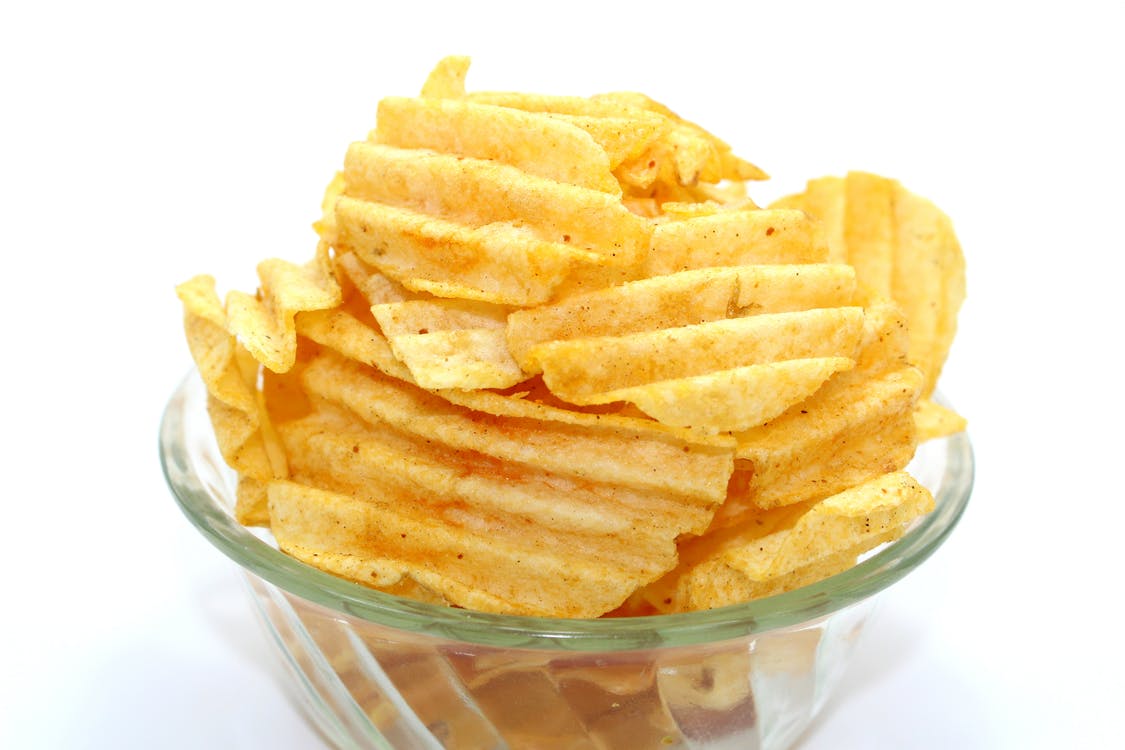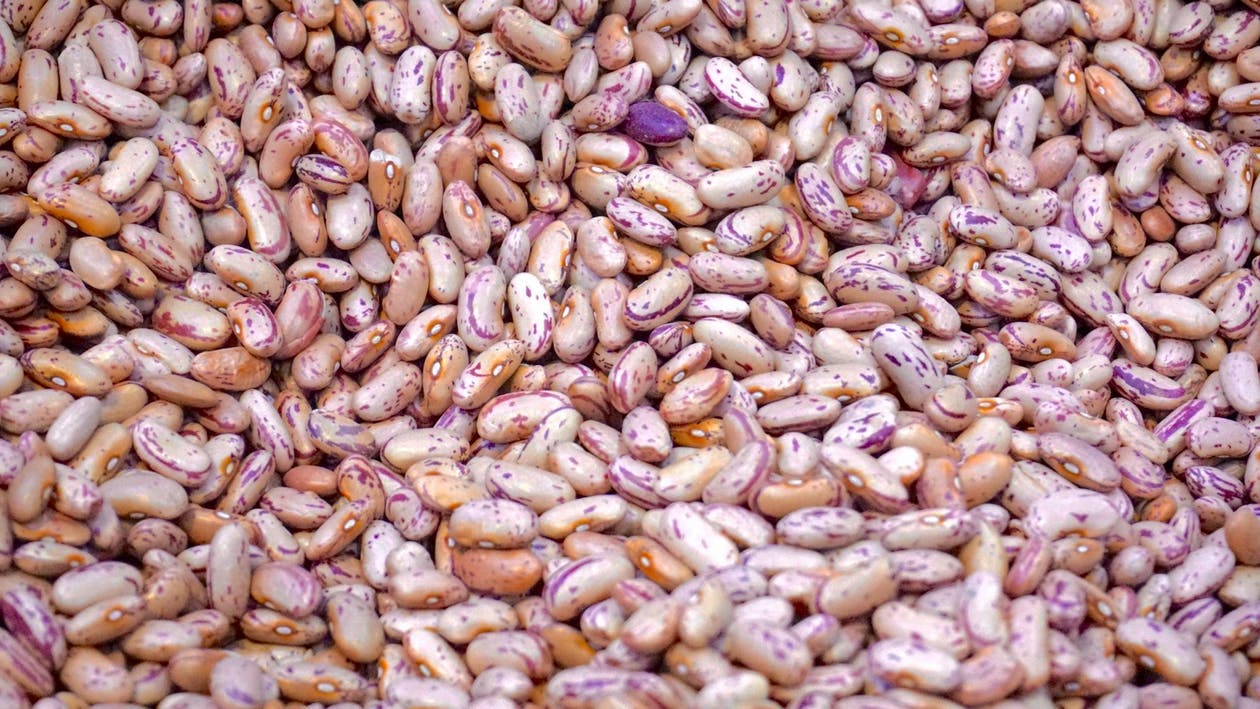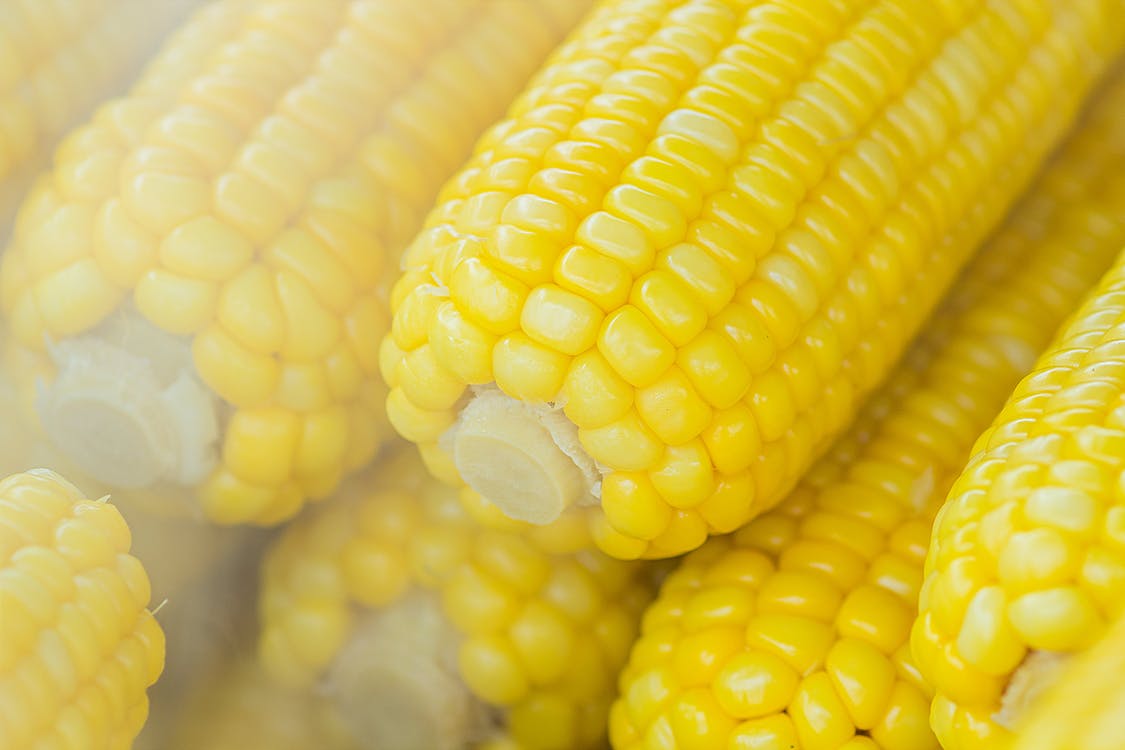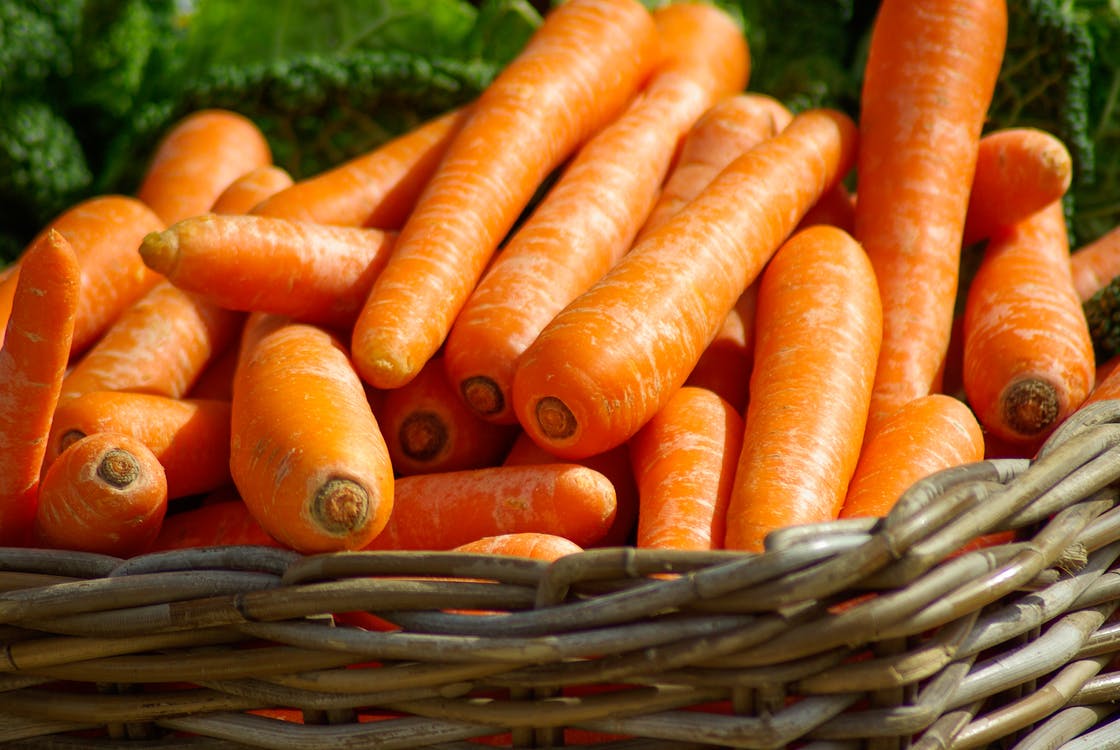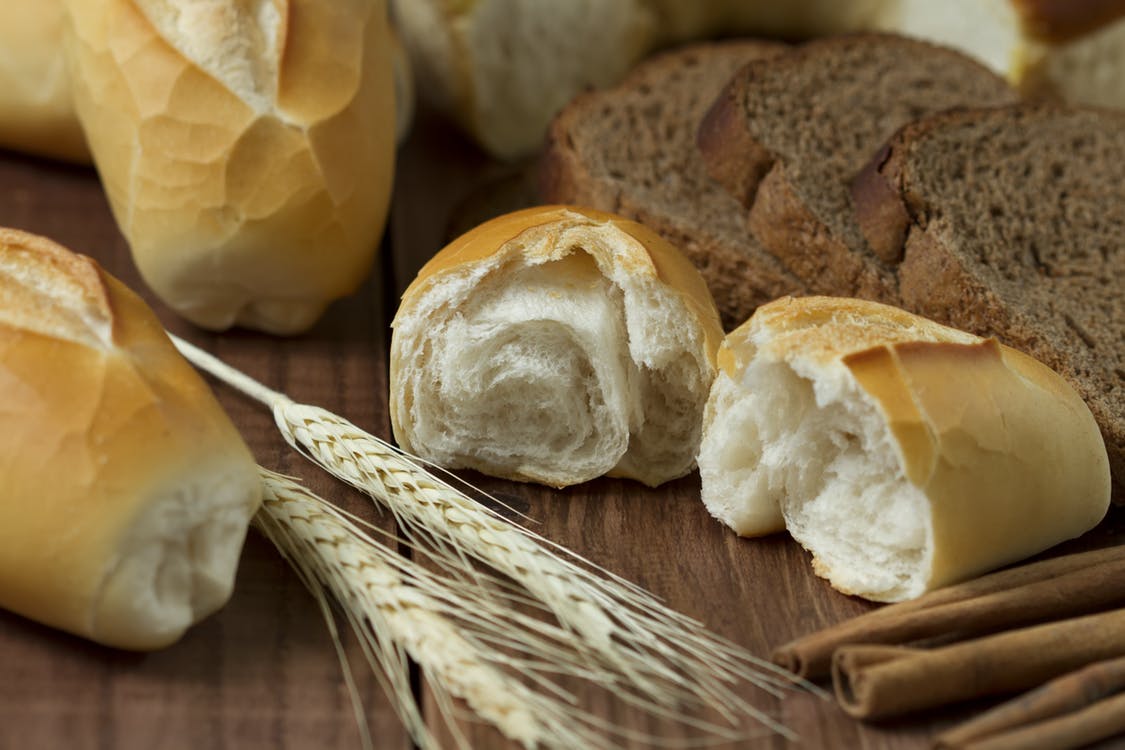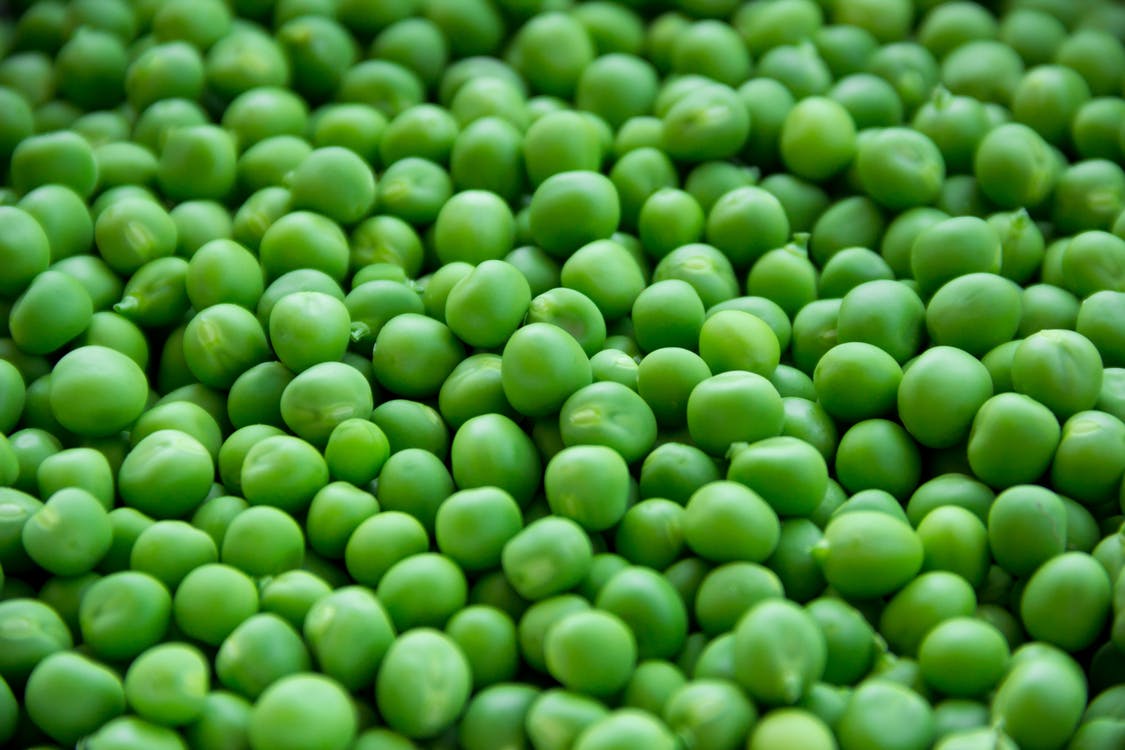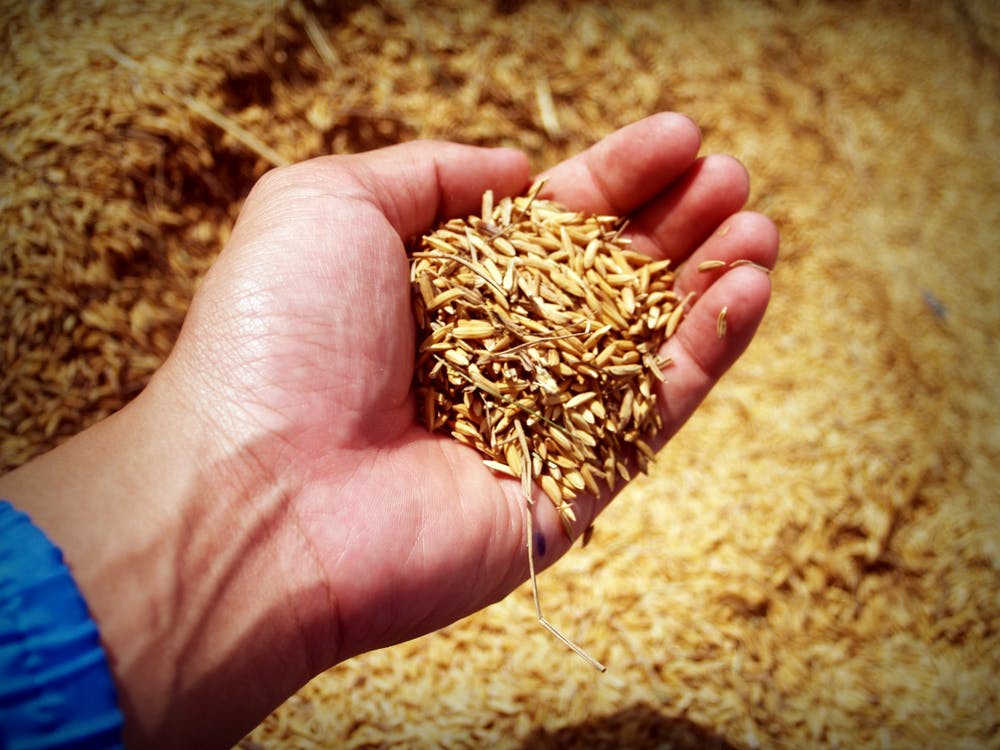Why you should eat local, fresh food from your farmers market
Summer is a time when Idahoan's get to enjoy an abundance of fresh fruits and vegetables being produced locally every day. We see them in our local Albertsons and Whole Foods. Sometimes they come at a few cents more than the preserved produce coming from out of town, but often that's not the case. If you're willing to stroll through the farmer's market on a Saturday or take a trip down to one of the Boise Coops you will find buying SEASONAL local produce can save you more than just a few cents. There are three major health benefits to choosing local and seasonal foods. Heed these tips now, while your local farms and community gardens are bursting with variety, and thank yourself later for living a healthier life.
No. 1
Plant-based foods taste better and pack more nutrients when it can ripen fully on the plant before being picked. Most of the fruits and vegetables you purchase from out of state or past season are picked well before ripening to allow for longer transportation and shelf life. These foods have a fraction of the nutrients you will get from the farmer in the next town.
No. 2
Seasonal and local foods are better for the health of your local community. Supporting local farms and community gardens strengthens the local economy by putting your dollars directly back into the pockets of people who will spend those dollars locally.
No. 3
Finally, the third reason local and seasonal produce is the best health choice you can make in 2018 is that it is healthier for our entire planet! The shorter the distance from the farm to the table, the less carbon emissions will be pumped into the air for transporting those goods.
If you would like further details about exactly what foods are available when here in our great state of Idaho, head over to the Idaho Preferred Website here and check out this great graphic they created to tell you exactly that information. You can see a snip of what the actual brochure looks like bellow. You can find these brochures at the farmer's market info stand on Grove Street between 10th and 11th.
Source: Idaho Preferred





